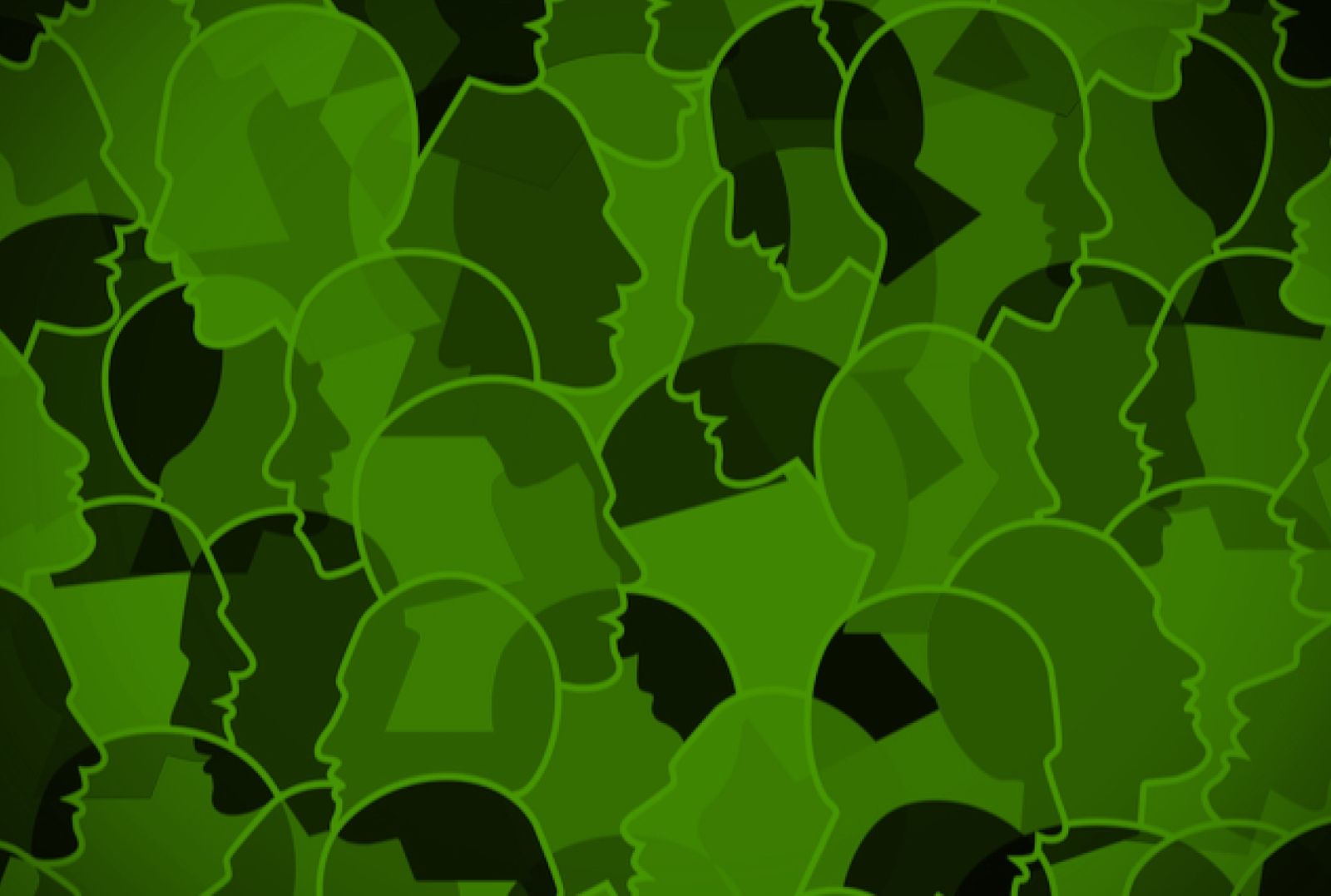Monthly Tonic - Issue 08
With inclusive design front of mind, we continue to understand more about the complex topic of neurodiversity, and how we can make retail spaces more inclusive to those who often feel marginalised.
Hi there,
A consistent approach to our work, something I championed during my time at the Helen Hamlyn Research Centre, is the belief that designing for people at the edges of society, ultimately benefits the wider community. Recently our team at Quinine has been exploring how retail brands must adjust to a more empathetic, post-pandemic society. How are retailers adapting to be more considerate of the shoppers that they are welcoming back into their stores? More specifically, how inclusive are retailers and their stores of customers with neurological differences? Below I have pulled together links to some articles that focus on some of the keys issues and points of view.
Neurodiversity is a complex topic that has rightly gained more attention of late. For those that might not be aware of what neurodiversity is, simply put, it refers to the diverse ways that people’s brains process information and how this influences the way we perceive the world. The term covers a broad range of differences, including; autism, ADHD, dyslexia, traumatic brain injury and many more.
Inclusion is not just about accessibility
In our previous article on diversity and inclusion in retail, we identified neurodiversity as an area not given enough attention by retailers. The National Autistic have produce this sensitive film that shows how a simple trip to the shops has presented customers suffering from sensory overload with some very difficult challenges. If we then take into account the ‘Experiential Retail’ movement of recent years that champions hyper-sensory retail experiences, these challenges are just going to become bigger for this minority, unless retailers and designers do more to help.
‘Innovation comes from the edges’
In this article, the Harvard Business Review recognises the societal value provided by people with Neurodivergent conditions. Referencing the likes of Steve Jobs and Estée Lauder, it reminds us that whilst 99% of us will conform to one way of thinking, innovative thought more often than not comes from the remaining 1%. Similarly, in this Forbes article Richard Branson puts a large part of his success down to his ADHD.
People with cognitive differences should not be demonised or excluded, they must be embraced and celebrated in our society.
The power of architecture and design
Something I am asked a lot when talking about inclusivity, is how much impact can the built environment have? Certainly, at times it feels inclusion and diversity are larger issues for society, beyond the realm of designers. Nonetheless, this essay by science journalist Emily Anthes, reminds us of the powerful influence architecture and interior design can have on our behaviour, our psychology, and broader social issues of importance.
Personal stories diving change
I love the story of US based, non-profit KultureCity, The organisation was founded by two parents with an autistic son, exhausted by the criticism and lack of support they faced when they were in public spaces. Astonishingly, 28% of autistic people have been asked to leave a public place for reasons associated with their autism and 50% of autistic people have chosen not to go out because they are worried about how others might judge them.
KultureCity is dedicated to educating organisations and transforming social spaces such as events, museums and retail stores to be more ‘sensory inclusive’. What stands out in this article is the story of how KultureCity came to be partnered with the NBA.
Retail is catching up
As I dive deeper into our research, I am really encouraged to see that more and more retailers are introducing initiatives in their stores. Retailers are beginning to make the experience more comfortable for customers with neurological differences and other hidden conditions.
Whether it be improving the communication between brand and customer (Halifax and Sainsbury’s), or offering personalised experiences for the neurodiverse (John Lewis), retailers are recognising that inclusive design doesn’t just improve the lives of the margins in society but drives innovation that everyone benefits from. Something this article on the Curb-Cut Effect from the Stanford Social Innovation Review articulates nicely.
If you’d like to learn more and see further examples, we’re also writing an opinion piece which outlines several insights and provides a practical guide to help you make your own retail environments and experiences more accommodating of neurodiverse customers. We will be happy to share this article with you in a couple of weeks.
Feel free to get in touch if you’d like to discuss further.
Kind regards
Quinine
In Quinine's ‘Monthly Tonic' newsletter, we share the key articles, reports and research studies that are driving the conversations we are having here in the studio. Each newsletter is based around a single theme that extends beyond retail to explore broader social and cultural influences shaping the changing world around us. We share a range of insights, perspectives and points of view that are positively impacting the direction we are heading and the discussions we are having with our clients. The following newsletter was shared with all our friends, clients and Quinine community members. If you would like to receive our next issue, please sign up here!


